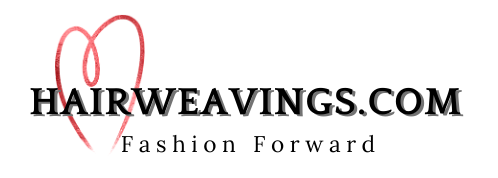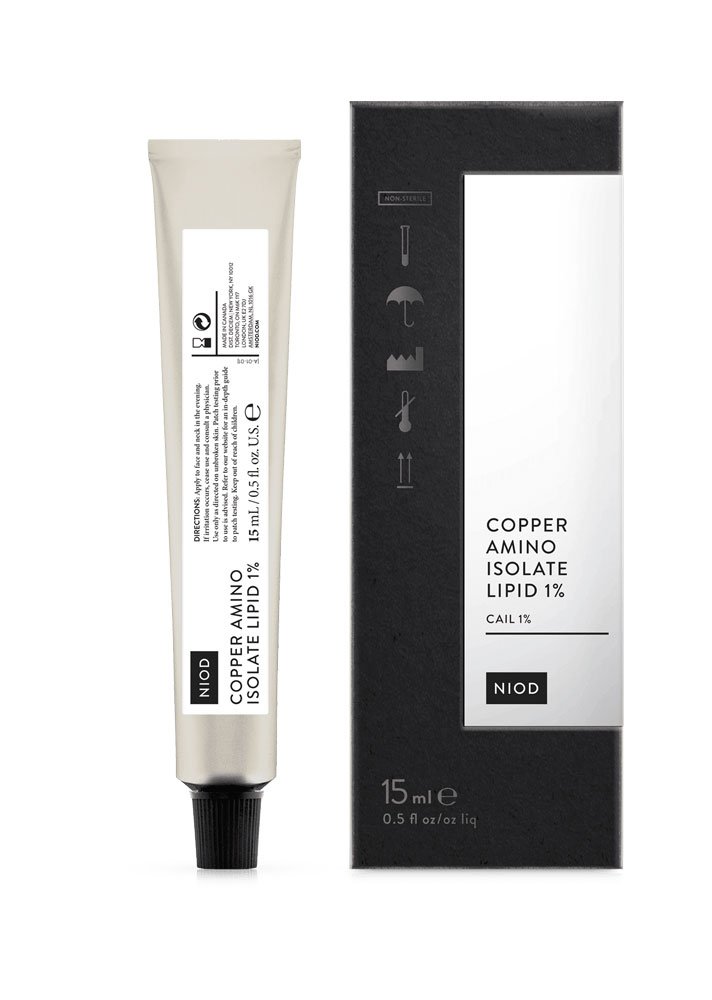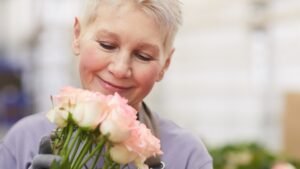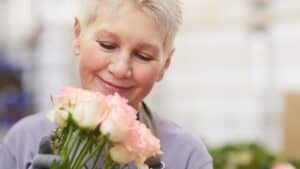How to Recognize the Difference Between Dreams and Goals in Your 60s

Most of us are familiar with goals and goal-making. For many of us, setting goals is an integral part of achievement and success. As we age, new goals begin or older ones are reviewed through a mid-life career change, personal or family issues, ill-health, divorce, bereavement and so on.
Many people swear by setting goals, but for some, it’s a challenge to maintain continued enthusiasm and motivation.
We’ve all set one goal or another at the beginning of the New Year, haven’t we? We’ve followed it, but somehow – without any idea why – we find that the motivation often dips and dies. And guess what – the goal dies along with it.
Dreaming Our Lives into Being
Dreams, however, reach deeper into our psyche. They are with us right from birth, activating something far beyond our everyday life.
If we choose to birth our dreams into everyday reality, we’ll have no problem maintaining our motivation. In my experience, when we do that we are also tapping into a passion, which means we will achieve all we set out to do.
There’s an added bonus too, because we’ll exude vitality along the way.
Imaginary Friends
During childhood many of us enjoyed living in our dream world, accessing all sorts of what parents might call ‘imaginary friends.’ I had a friend who was with me from the age of three until I was around six years of age. He was a young monk in a monastery high up in the Tibetan Himalayas. I met him in ‘my everyday reality’ 50 years later. You can read my story here.
As an adult, it can be helpful to access our dreams and ground them in our everyday world. Dreams give us access to vitality and passion, integral to living and ageing well.
They teach us how to listen to the inside of our beautiful mind as opposed to continue living in what can be a demanding and full-on, 24/7 technological world.
Living Your Childhood Dreams
I came across a lovely gentleman on Facebook recently. At 84 he is now living out his childhood dream. He loved drawing as a youngster; however, his parents had other ideas.
They encouraged him away from art and creativity and toward a career in engineering. He said, “I’ve been an engineer all my life, but inside I’m an artist.”
If you measure a successful life by material means, he was successful. However, when asked was he happy throughout his working life, the answer was in the negative.
He yearned for the creativity and freedom an artist enjoys. Of course, he dabbled a bit as a hobby. But for him, that wasn’t enough. Yet in his words: “I couldn’t disappoint my family by following my heart.”
At the age of 74 he re-activated his love for art by teaching himself how to paint. His incredible eye for detail served him well, with his copies of grand masters receiving high praise.
This man exudes vitality because he found the true meaning of his life. At 84 he is a respected artist, although for him, age is merely a number. In his mind he is in touch with something much more significant than himself.
Of course, he is! He is fulfilling his childhood dream! Consequently, his mindset, behaviour and outlook on life are full of fun, freedom and fulfilment. Not a bad accolade to live by, don’t you agree?
When Did You Stop Dreaming?
Contrary to what you might think, our world isn’t frozen in time, nor is life linear. In the world of dreams it’s common to receive flashbacks of events from our dim and distant past.
Dreams have a habit of bringing forward events that seem jumbled up, like long lost and forgotten hazy childhood days where we had not a care in our mind.
Events occur into and out of existence. Our conscious memories only remember a minimal amount of all and everything we have experienced.
The shamans from the indigenous cultures, when asked to cure a member of the community of their ills, say: “When did you stop dreaming?”
The shamans know that when we stop dreaming, singing, dancing, sharing stories using our imagination – in other words, being playful and creative and having fun – we’ve stopped living the authentic life as a human being.
Instead, we’ve restricted our freedom, shutting down our heart and mind to anything other than day-by-day routine.
Just imagine what might happen if you turned your attention inside your own beautiful mind, listened to your dreams and acted upon them!
Do you dream? Do you listen to your dreams? I’m curious to hear your thoughts, so please join the conversation!
Read More










 Source: Instagram
Source: Instagram

